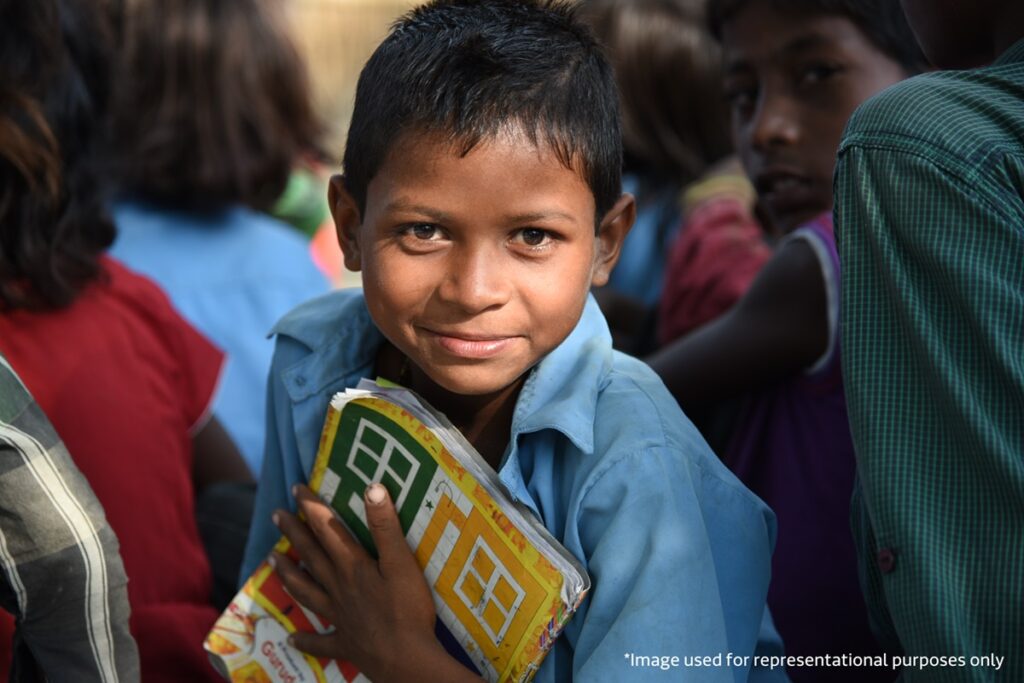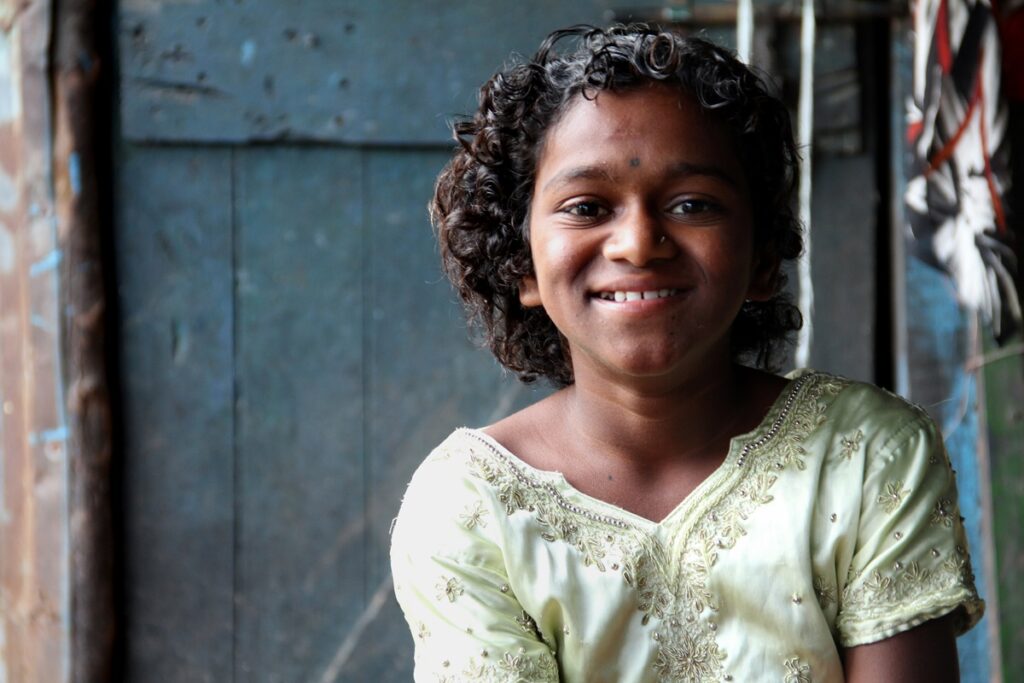
Emotional Development in Children’s Growth: Meaning, Importance and Stages
Summary/TL;DREmotional development is crucial for children's growth, influencing their ability to express, manage, and understand feelings throug....
Read MoreEducation is essential in addressing critical social issues, and child malnutrition is no exception. By focusing on hygiene education for children, communities can mitigate the underlying causes of malnutrition.
Hygiene practices such as handwashing, maintaining clean surroundings, and proper food handling are directly linked to better health outcomes, especially for underprivileged children. Educating children about the importance of hygiene is a sustainable step towards building healthier communities and breaking the cycle of malnutrition.

Basic hygiene includes everyday practices that help prevent disease transmission and promote good health. Key practices include:
Teaching children these essential hygiene habits early makes them more likely to adopt them as lifelong practices, promoting overall health and helping to prevent malnutrition.
Also Read: Education Schemes in India
Children from underprivileged backgrounds face unique challenges that make them more vulnerable to poor hygiene and malnutrition. Some factors include:
Nearly half of all deaths in children under 5 in India are caused by preventable conditions, many of which are associated with malnutrition and poor hygiene practices (Source: UNICEF /WHO/ World Bank Joint Child Malnutrition Estimates, 2023 edition).
Also Read: Importance of Inclusive Education
Hygiene education for children equips them with the knowledge and skills to lead healthier lives. Here’s why it’s crucial:
Hygiene education encourages:
Malnutrition and poverty are closely intertwined. Poor hygiene exacerbates malnutrition, affecting cognitive development, school performance, and future earning potential.
Communities can break this cycle and empower the next generation to rise above poverty by teaching children the importance of hygiene.
Menstrual hygiene is critical to hygiene education, especially for adolescent girls. Awareness initiatives must address the following:
CRY India’s campaigns emphasise that menstrual hygiene education improves health and encourages girls to stay in school during their periods. This is vital for their education and overall development.
Many schoolgirls face challenges related to menstrual hygiene management, and as a result, up to 20% miss school during their periods, with one in ten eventually dropping out (Source: National Library of Science, 2022).
Also Read: How Can We Help Underprivileged Students
Hygiene education should be well-planned and inclusive to make the most difference. Here’s how it can be effectively implemented:
Community-driven initiatives are essential for promoting hygiene education. These include:
Children learn best when they are actively engaged. Effective techniques include:
To ensure lasting change, hygiene education should focus on sustainable practices such as:
Also Read: Health Education for Children
Hygiene education is a powerful tool in combating child malnutrition, as it helps prevent infections that can contribute to poor health. However, addressing malnutrition requires a holistic approach that includes access to proper nutrition, healthcare, and education. By instilling good hygiene practices from an early age, children can lead healthier lives and contribute to stronger communities. To make hygiene education truly impactful, collaborative efforts involving schools, families, and policymakers are essential. You can make a real difference by contributing to a children's health donation today.
You can make a real difference by contributing to a children's health donation today.
Also: WASH in School